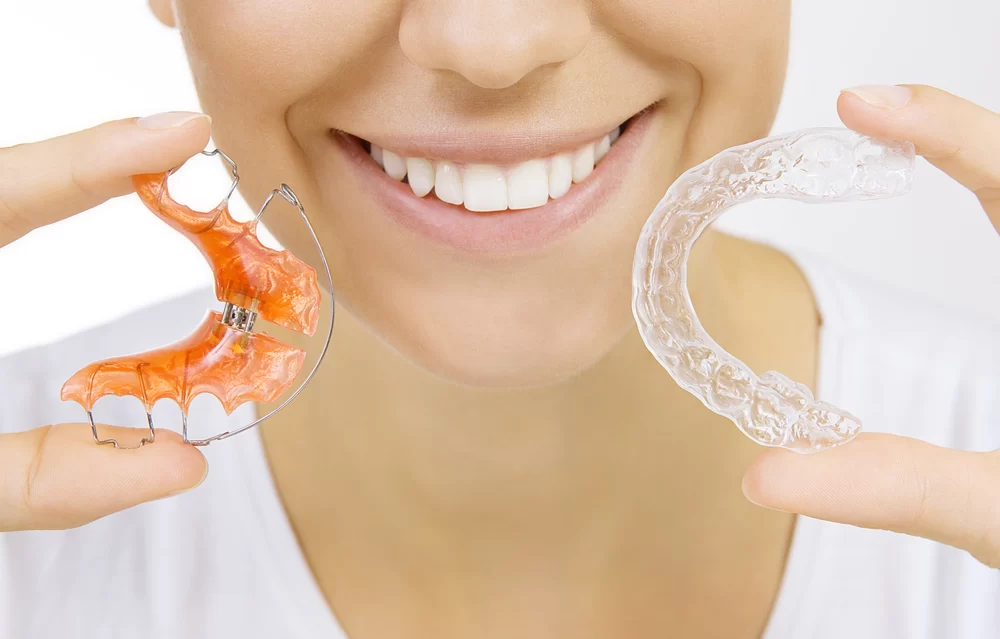
How to Prevent Teeth from Shifting After Orthodontic Treatment: Essential Tips and Retainer Care
- Why Do Teeth Shift After Braces?
- The Importance of Retainers in Preventing Teeth Shifting
- Tips to Prevent Teeth from Shifting
- Real-Life Case Studies: Teeth Shifting After Orthodontic Treatment
- How to Maintain Your Retainer for Long-Term Teeth Stability
1. Why Do Teeth Shift After Braces?
After years of wearing braces, the last thing you want is for your teeth to shift out of place once the treatment ends. Unfortunately, teeth naturally tend to revert back to their original positions after orthodontic treatment. This phenomenon, known as "relapse," occurs because the ligaments and tissues around your teeth have adjusted to the new alignment, and they require time to stabilize in their new positions.
Factors such as age, lack of proper post-treatment care, or not wearing retainers as prescribed can contribute to teeth shifting after braces. It's important to understand that orthodontic treatment does not permanently set teeth in place but instead shifts them into a better position. Without proper maintenance, your teeth can gradually return to their previous alignment.
2. The Importance of Retainers in Preventing Teeth Shifting
The most effective way to prevent teeth from shifting after orthodontic treatment is by wearing retainers. Retainers are custom-made devices designed to hold your teeth in their new positions after braces are removed. They act as a stabilizing force, allowing the bone and gum tissues to adapt to the new alignment of your teeth.
Retainers come in different types, including fixed and removable ones. Your orthodontist will determine which type is best suited for your needs. Fixed retainers are attached to the back of your teeth and are ideal for maintaining long-term stability, while removable retainers are worn at night or as prescribed by your orthodontist.
Wearing your retainer consistently, especially in the months and years following your treatment, is crucial in preventing relapse and maintaining your smile for the long term.
3. Tips to Prevent Teeth from Shifting
While retainers are essential in keeping your teeth from shifting, there are additional steps you can take to ensure long-term stability after your braces come off. Here are some expert tips to help maintain your new smile:
Wear Your Retainer as Directed
Your orthodontist will provide a schedule for wearing your retainer. Initially, you may need to wear it full-time, gradually transitioning to nighttime wear. Be diligent about following these instructions to prevent any unwanted movement.
Maintain Regular Check-ups
Even after your braces are removed, regular check-ups with your orthodontist are important. These visits ensure that your teeth are still stable, and any minor adjustments can be made before issues arise.
Practice Good Oral Hygiene
Good oral hygiene is vital to maintaining the health of your teeth and gums, which is directly related to the stability of your teeth post-treatment. Brush and floss regularly, and be sure to clean your retainer to prevent plaque buildup, which can cause discomfort and affect its effectiveness.
Avoid Habits That Can Shift Your Teeth
Habits such as nail-biting, chewing on pens, or using your teeth as tools can apply pressure to your teeth and cause them to shift. Be mindful of these habits to ensure your teeth stay in their new position.
4. Real-Life Case Studies: Teeth Shifting After Orthodontic Treatment
To better understand how important it is to follow post-treatment instructions, let’s take a look at a few real-life examples:
Case Study 1: Sarah’s Struggle with Teeth Shifting
Sarah, a 25-year-old woman, spent two years wearing braces to straighten her teeth. After her braces were removed, she stopped wearing her retainer regularly. Within a year, she noticed her front teeth were slightly shifting back to their original position. After returning to her orthodontist, she was advised to wear her retainer more often. Sarah’s story emphasizes the importance of wearing your retainer consistently, even after your treatment has ended.
Case Study 2: James and His Retainer Routine
James, on the other hand, was diligent about following his orthodontist’s advice and wore his retainer as directed. Five years later, his teeth remained stable, and he was thrilled with the results. His story highlights the benefits of commitment to post-treatment care, including wearing retainers as prescribed.
5. How to Maintain Your Retainer for Long-Term Teeth Stability
Maintaining your retainer is just as important as wearing it. Over time, retainers can accumulate bacteria, plaque, and food particles, making it essential to clean them properly. Here are some tips to keep your retainer in good condition:
Clean Your Retainer Regularly
Clean your retainer daily using mild soap and warm water, avoiding harsh chemicals that could damage the material. For deep cleaning, you can use a retainer cleaning solution or soak it in a mixture of water and baking soda.
Store Your Retainer Properly
When you're not wearing your retainer, store it in its case to prevent damage or loss. Avoid leaving it in places where it could get crushed or exposed to heat.
Replace Your Retainer When Necessary
Over time, retainers can wear out. If you notice that your retainer is cracked, uncomfortable, or no longer fitting properly, contact your orthodontist for a replacement.
For more tips on maintaining your smile after orthodontic treatment or to explore retainers and oral care products, visit Dentistry Toothtruth.

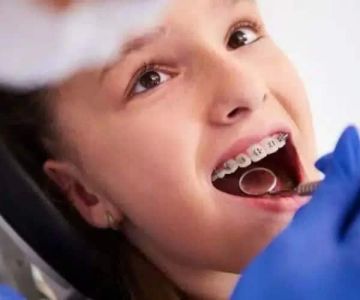
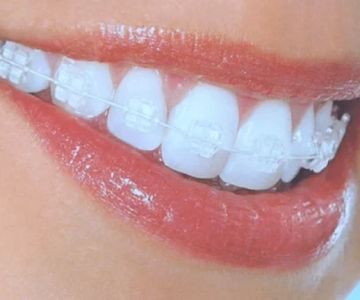
 Designer Dental Services
Designer Dental Services Orthodontic Experts Madison
Orthodontic Experts Madison Bright Smiles Dental
Bright Smiles Dental Hawthorne Dental Associates
Hawthorne Dental Associates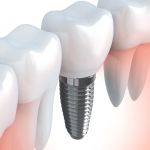 Northland Family Dentistry
Northland Family Dentistry SmileArts Dentistry - Dr. Ray Firooz, DDS
SmileArts Dentistry - Dr. Ray Firooz, DDS The Importance of Oral Health Education During Pregnancy for a Healthy Pregnancy
The Importance of Oral Health Education During Pregnancy for a Healthy Pregnancy Why Skipping Dental Checkups Can Lead to Bigger Oral Health Problems
Why Skipping Dental Checkups Can Lead to Bigger Oral Health Problems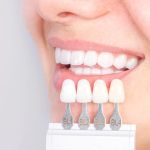 Advantages of Porcelain Dental Restorations
Advantages of Porcelain Dental Restorations Best Tips for Brushing Your Teeth Properly for Healthy Gums: Essential Techniques for Oral Health
Best Tips for Brushing Your Teeth Properly for Healthy Gums: Essential Techniques for Oral Health How Can Diabetes Cause Tooth and Gum Problems? Preventing and Managing Oral Health Issues
How Can Diabetes Cause Tooth and Gum Problems? Preventing and Managing Oral Health Issues Healthy Habits for Promoting Good Oral Health and Hygiene: Tips for a Healthy Smile
Healthy Habits for Promoting Good Oral Health and Hygiene: Tips for a Healthy Smile